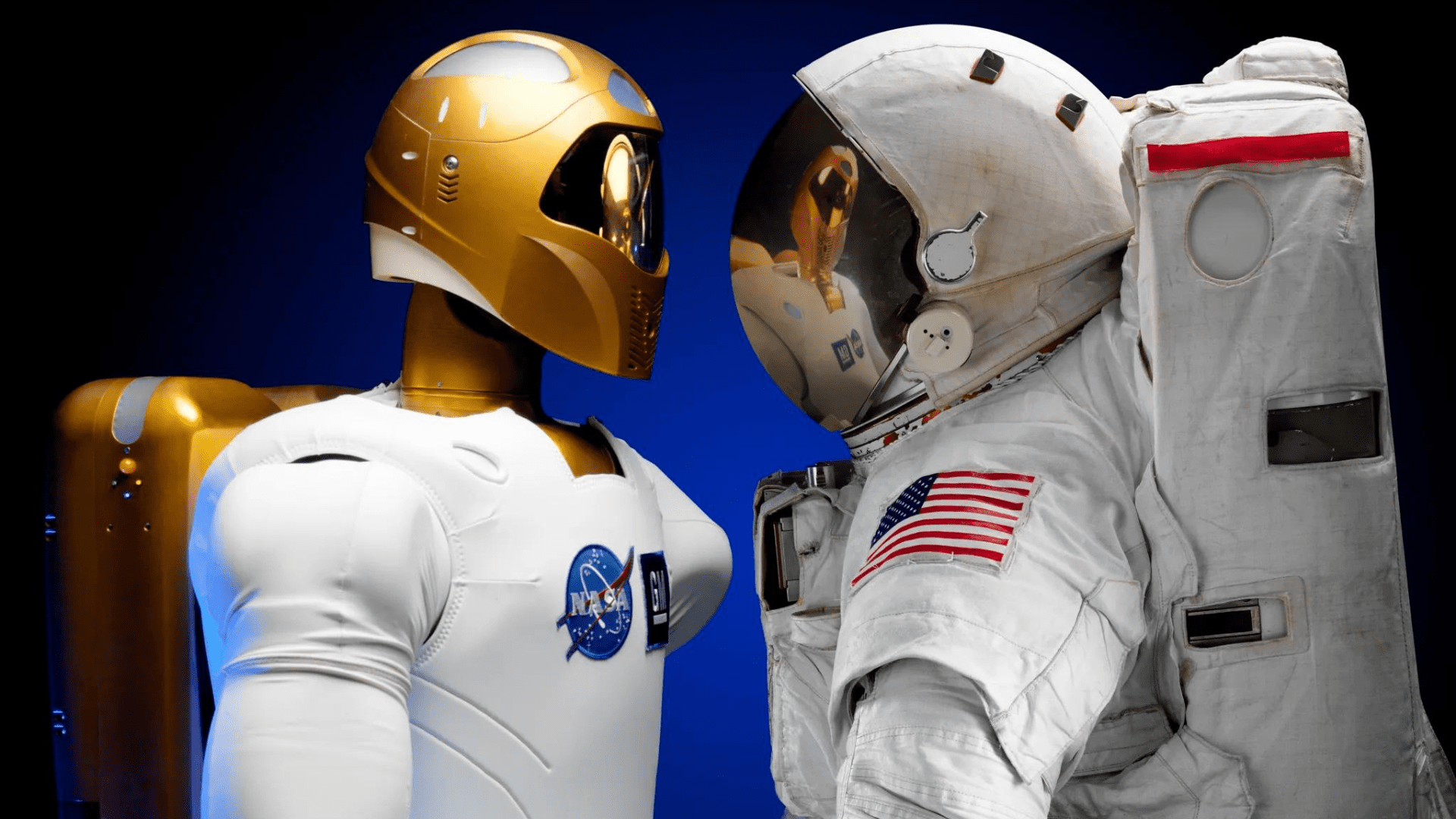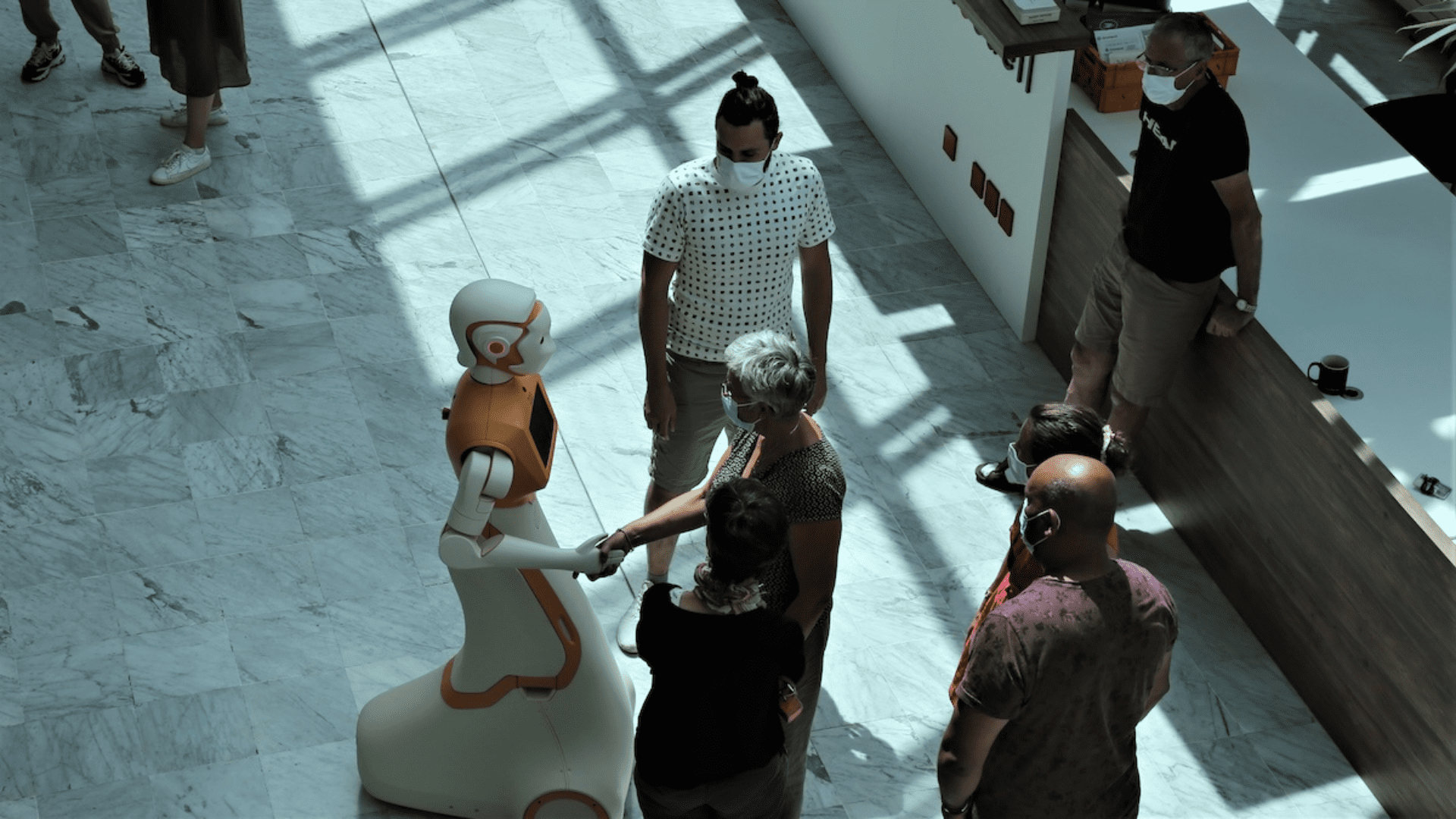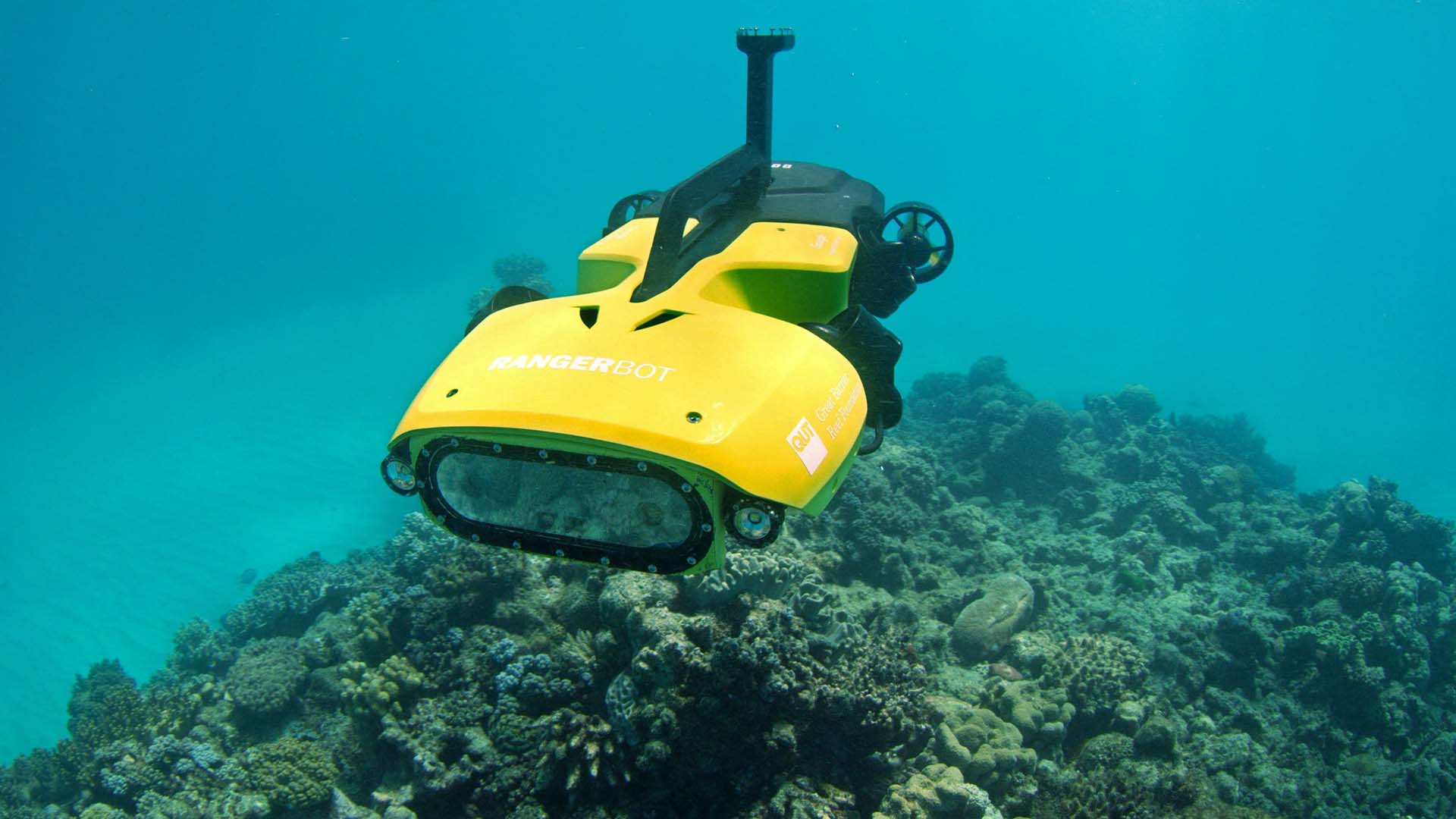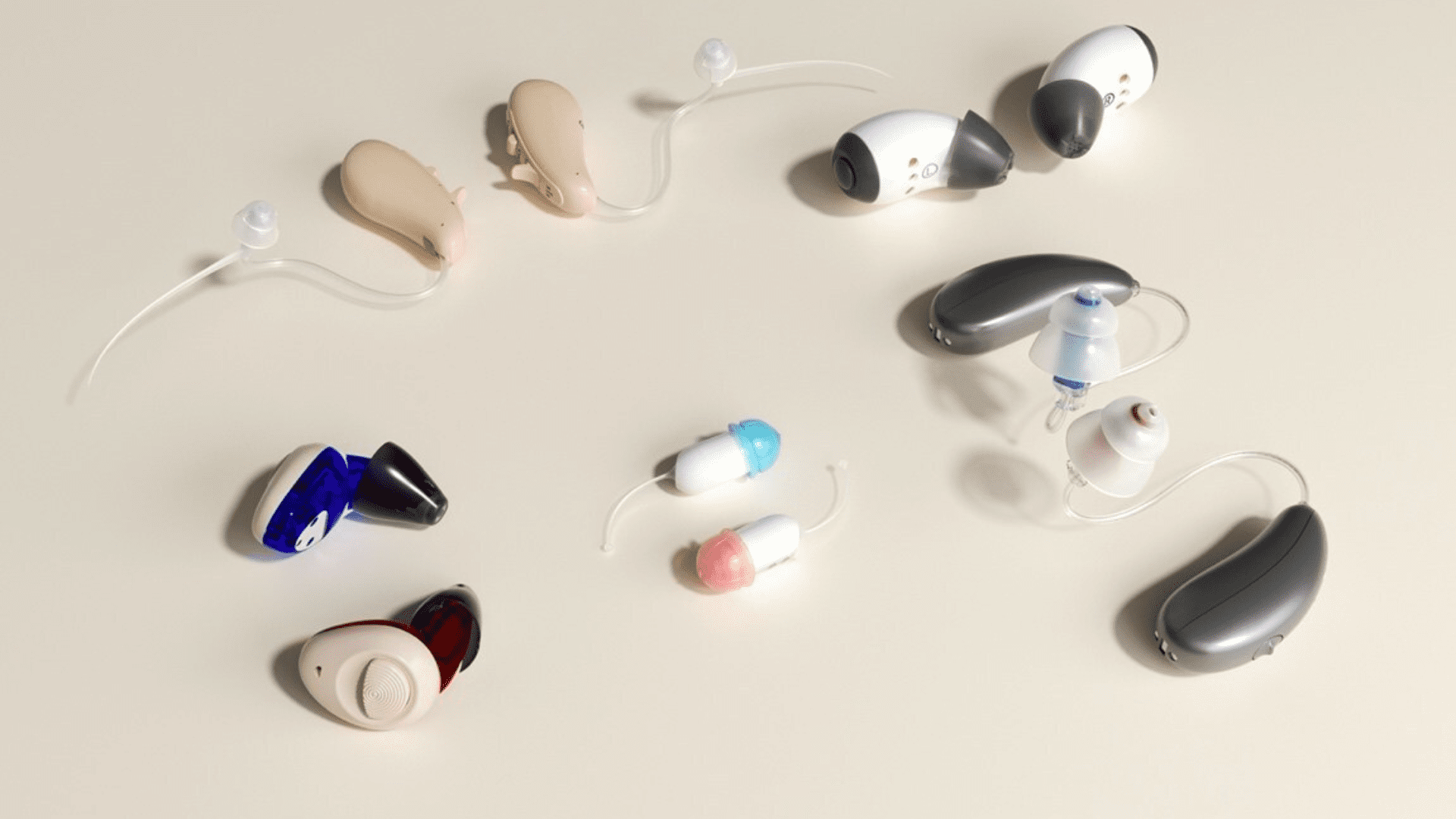According to the United Nations, the trend of people living longer lives is supposed to continue for the next 75 years. Unfortunately, the quality of life is not increasing with aging rates. But, what if there was technology to help that quality of life for senior citizens? That is exactly what researchers are looking for in ADAM: the robotic companion for the elderly.
ADAM
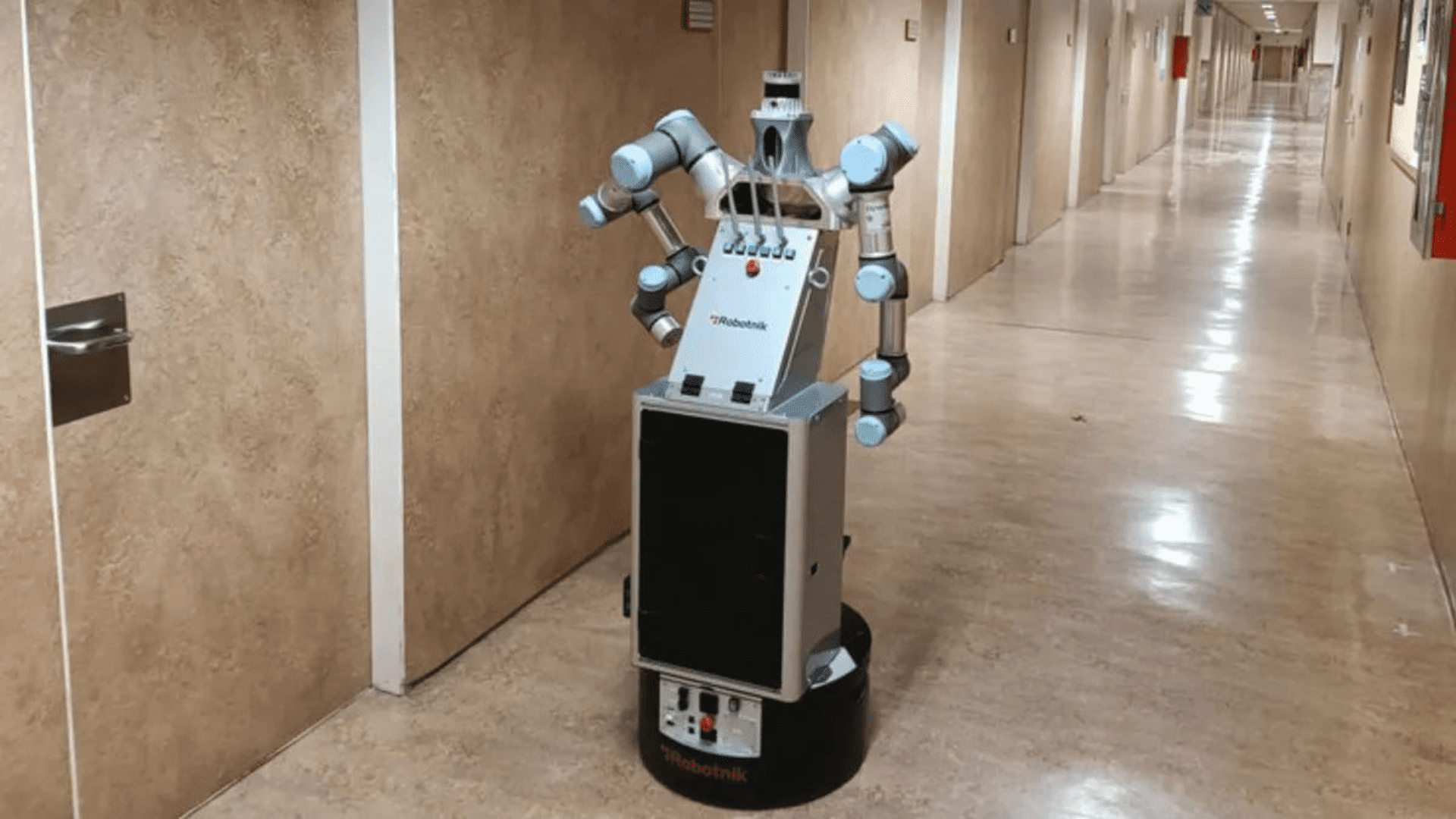
In the study performed by researchers at Spain’s Universidad Carlos III and the manufacturer Robotnik, they present ADAM as a solution to provide qualitycare for the increasing elderly population. One of the key elements in ADAM is the robot’s versatility when it comes to care. The versatility includes domestic care for seniors like setting the table, preparing food, or cleaning the floors. ADAM gets its name from its domestic capabilities. ADAM stands for Autonomous Domestic Ambidextrous Manipulator. While ADAM is designed for domestic tasks, it also has the purpose of providing support for the elderly at home.
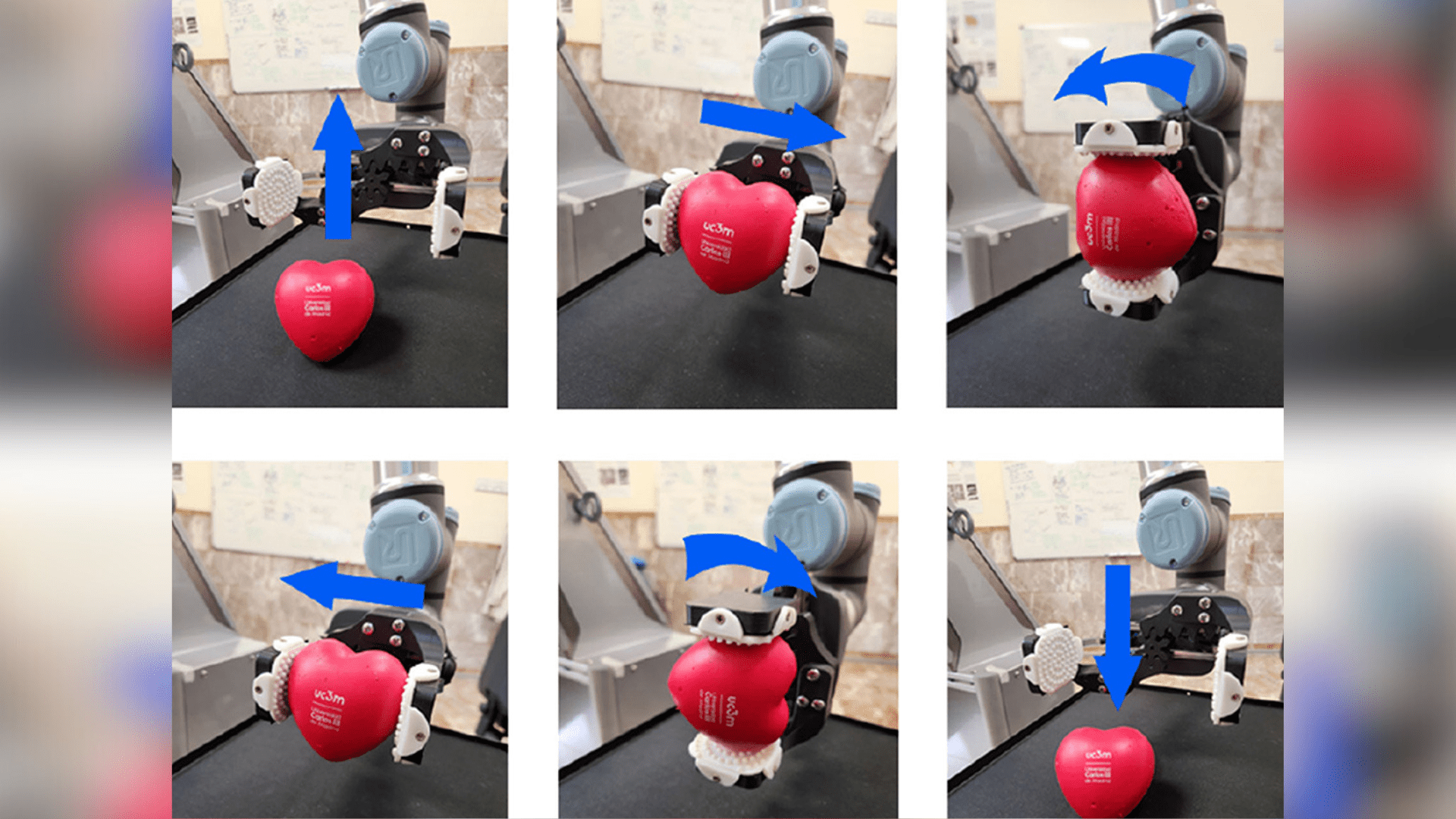
Its human awareness is deployed from various sensors that give ADAM the ability to detect surrounding individuals. For instance, it can prevent collisions but also doesn’t inconvenience people when doing a specific task. Users can also instruct the automated robot to do things, such as cleaning floors. To execute tasks, a system allows it to detect, recognize, locate, and even determine the shape of objects in the area.
Explore Tomorrow's World from your inbox
Get the latest science, technology, and sustainability content delivered to your inbox.
I understand that by providing my email address, I agree to receive emails from Tomorrow's World Today. I understand that I may opt out of receiving such communications at any time.
ADAM’s Build
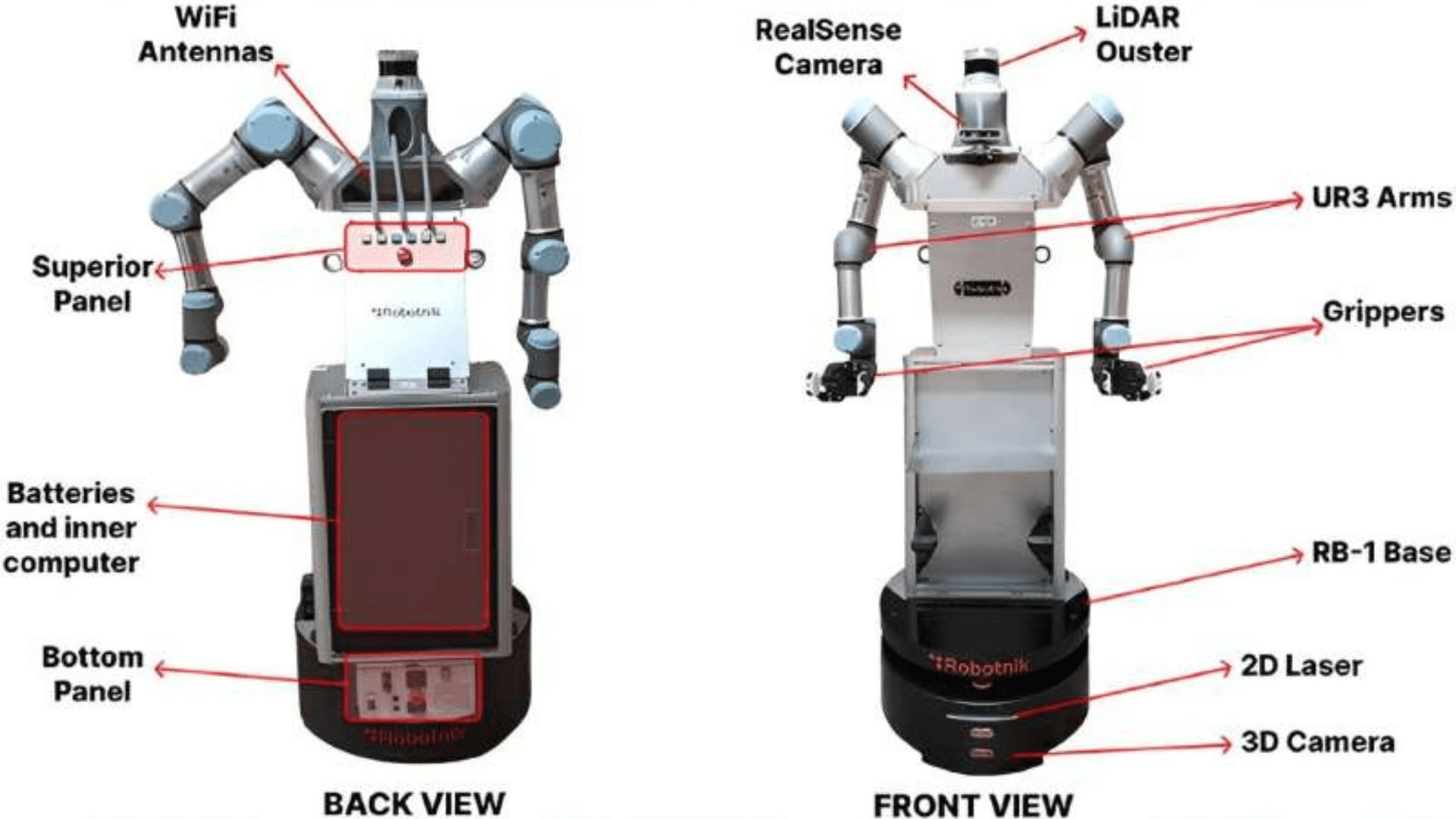
The robot stands at a total height of 160 cm, about 5 feet and 3 inches, with a mobile base, a torso, two arms, and two grippers. The arms and grippers allow the robotic assistant to perform tasks. When the arms are at rest, it’s about 50 cm wide, or about one and a half feet. Also, the robot is entirely modular, meaning its parts can function independently or in unison. Furthermore, it is completely autonomous and is powered by batteries in the base of the machine. The batteries facilitate movements in the base and the arms.
An Encouraging Study
Elderly individuals taking part in the study interacted with the robotic assistant and expressed high satisfaction with the multi-use robot’s abilities. According to the researchers, the robot fetched items and learned instructions for tasks seamlessly.
Employing the multi-robot system in a controlled setting proved highly efficient for researchers. As ADAM engaged with users, it also mitigated potential user frustration due to any delays in the task. Although the average user satisfaction rate is 93 percent, the robot was deployed in a laboratory-controlled environment and further studies would need real-world environments in a domestic setting.
According to the team of researchers, future advancements will prioritize two things; hardware enhancements and software development. These maximize its potential in vision, manipulation, and navigation.



